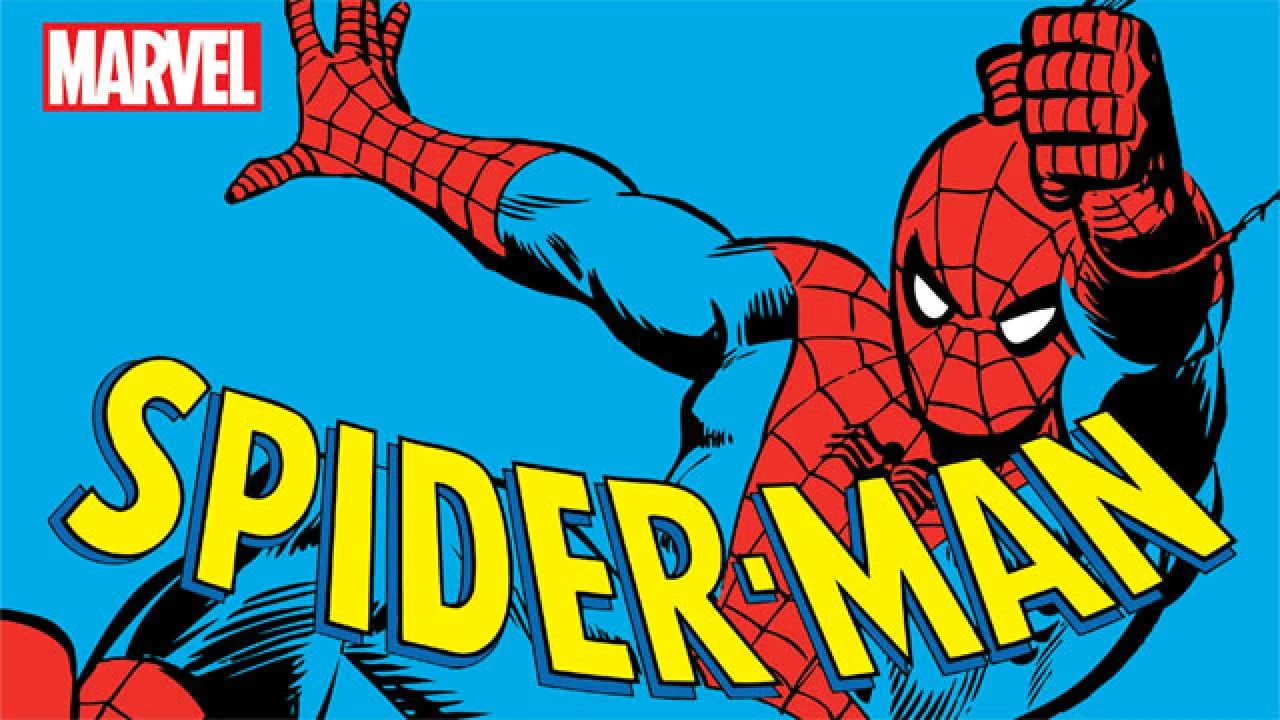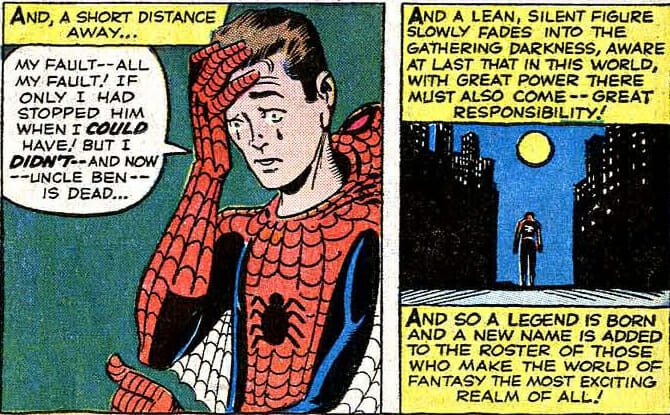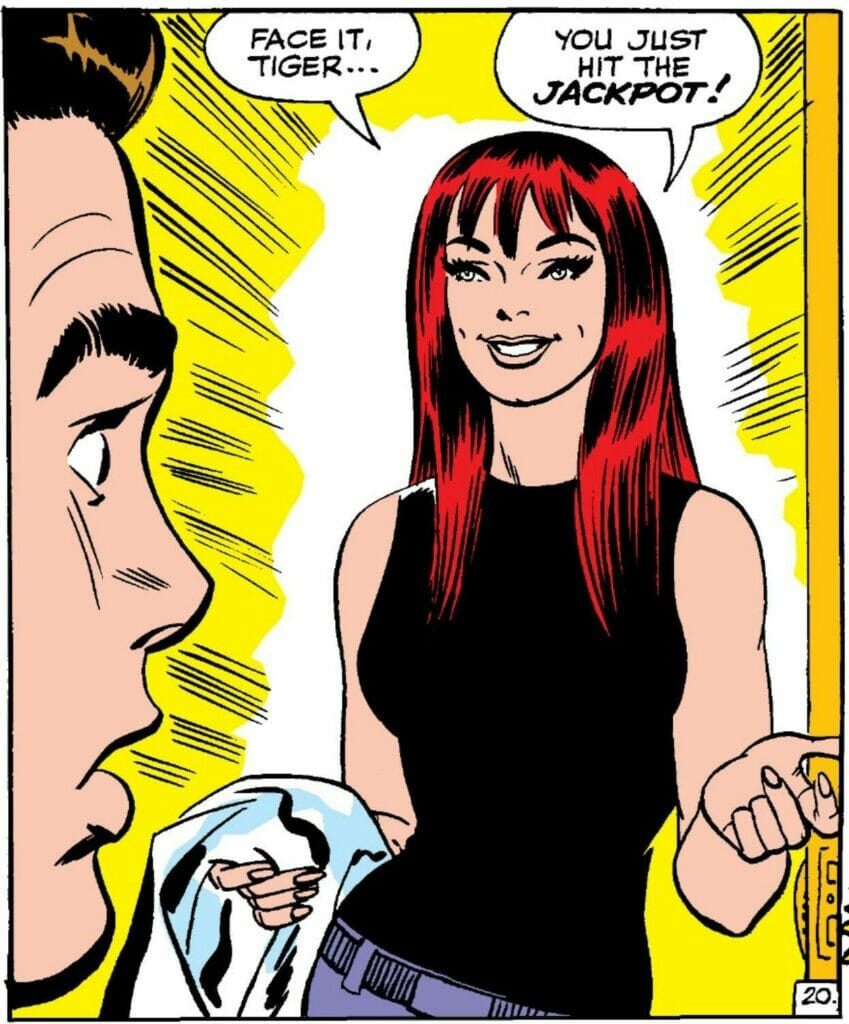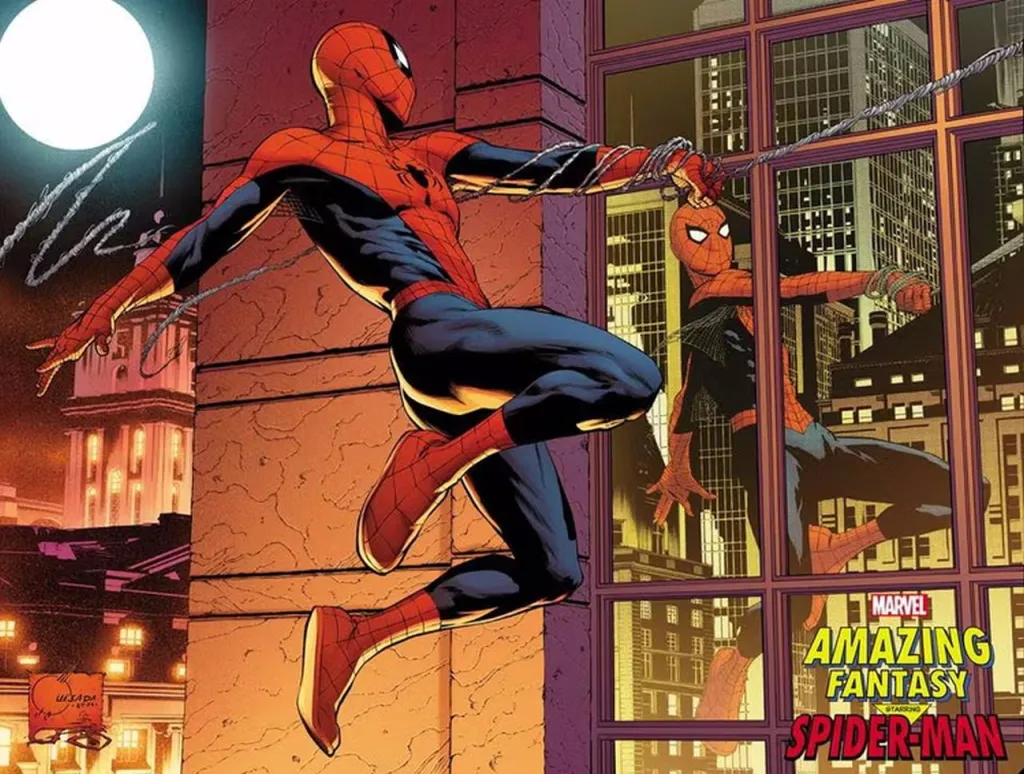
The first time Spider-Man entered the world of comics, no one knew whether he would make history or not. His own editors had some doubts about it. The editor par excellence of the Marvel comic book publishing company, Martin Goodman, repeatedly opposed Stan Lee‘s proposal. Goodman didn’t want to dedicate even a single cartoon to this strange superhero who shoots webs in the air. According to him, it was not a good marketing choice.
Until that moment, after all, some people had a very specific imagination when it comes to the creation of superheroes. They had to be adults, intelligent, successful, good-looking, with a sufficiently balanced normal life: they ought to dedicate body and soul to fighting the most powerful villains in the city and beyond.
What’s with a high school kid, a science nerd bullied all the time? And his powers, coming from a spider? How could he compete with existing superheroes like Superman, Batman and the whole Justice League? Stan Lee had already created, together with Jack Kirby, his trusty penciller, characters like the Fantastic Four or the Hulk. This Spider-Man seemed a step back in every sense. But Lee didn’t want to let it go, not after replacing Kirby with Steve Ditko to achieve a better result. He put his foot down, and the first Spider-Man story saw the light of day in Amazing Fantasy n. 15. That issue sold more than any other comic in all of 1962.
A new kind of superhero
60 years have passed since that day. And yet, precisely because of those characteristics criticized at first, he continues to be a popular superhero even today.
Despite having his work cut out for fighting crime, Spider-Man always had an equally challenging private life as Peter Parker. This, for the time, was a kind of novelty. Superheroes had problems only after wearing masks or taking off their glasses, the everyday life was instead manageable. For Peter Parker, it was not, never: Spider-Man has always been a superhero with super-problems, in every sense, even in his private life, and often they had nothing to do with him being a neighborhood vigilante. Bullies at school, always being short of money and trying to keep a job, relationships with girls, and family problems. Quite a stressful existence.
But this is why many people, from 1962 to 2022, identify with him. Peter struggles with common problems and, at the same time, he’s also a superhero. And then even ordinary people may think they are a little bit like that in their everyday life.
You don’t have to be super to be a hero
What defines a superhero, after all? For Spider-Man, it’s something specific. Peter Parker is human, both when he goes to school and when he shoots webs. When you think about it, the first thing Peter does when he receives superpowers is not to go around New York to foil robberies but to wear a wrestler costume to earn some money; he loves his family very much, but – his words – “The rest of the world can go hang for what I care!”. At the time, such a phrase could be combined with an anti-hero, at best, not a hero done and finished.
Then, however, the tragedy of Uncle Ben happens to him. Peter realizes that with great power comes great responsibility and so he decides to do good for the community as well. Even heroes aren’t born knowing everything. Peter hasn’t even thought about it, but, as could happen to any of his readers, he makes an inner journey right at the moment of his own genesis to understand that he can make a difference.
In the comic book Kraven’s Last Hunt (1987), the author J.M. De Matteis put really the concept on paper. Kraven, in his fight against Spider-Man, wants to take his place to prove that he is better than him. But what does it mean to be Spider-Man? Kraven goes to the point of madness, trying to understand it, but the answer is straightforward. You are Spider-Man only if you put aside your selfish instincts and maintain that humanity and compassion that you also have in everyday life. Everyone, then, could be a hero.

Peter Parker does not stop being himself when he wears the mask, unlike other famous characters at the time, such as Superman and Batman, showing almost opposite personalities when they go on a mission. In addition, they fight for good, but as one would fight for an ideal, they believe in. Peter’s more down to earth, from this point of view, and this is precisely his revolution in comics history. His story doesn’t begin with fighting planetary menaces, but with keeping his neighborhood safe.
The folk hero
The ordinary Peter and the superhero Peter are therefore developed together. Indeed, the two are so intertwined that the villains that Peter meets on his paths often affect both of his lives. Just to mention a few, Peter cares for Norman Osborn, but at the same time, his life is threatened by Norman’s villain identity, the Green Goblin. The journalist James Jonah Jameson, on the other hand, is in some way an opponent for both Spider-Man and Peter, even if for different reasons.
This mix of characters, places and themes is symbolized by the city of New York. It is no coincidence that Jameson is a journalist trying to influence New Yorkers, it is no coincidence that Peter calls himself first and foremost “the friendly neighborhood Spider-Man”. The city of New York is one of the main features of the character. Without New York, there would be no Spider-Man; a bit like without Gotham there would probably be no Batman.
Citizens’ opinions often influence Spider-Man’s actions, and it is for them, for his neighbors, that the hero spends his nights swinging among the skyscrapers. Spider-Man is the everyday hero, the anti-Tony Stark hero (Iron-Man): he is the hero of the stereotypical citizen who sends him to deliver pizzas during the day and who talks about him by reading the newspaper in the evening. He is a bit of a socialist, deep down: even more, for example, in Spider-Man Noir (2009), in which a Peter Parker from the 1930s, in the midst of the Great Depression, joins his Aunt May in her activist commitments.
The right people at the right time
Obviously, to create such a complex character for 1962, Marvel needed the right people, not only in terms of storytelling, but to visually bring it to life. After all, Stan Lee must have had a reason to choose Ditko, at the beginning: he drew in the typical Marvel style, but he contributed fully to both the conception of the name and of his typical costume as well as the issues of his alter ego Peter. The creation of a character outside the box, therefore, required that both of his fathers be equally so.
Later on, when Spider-Man gets his personal comic book, The Amazing Spider-Man (1963), John Romita comes into play, inserting a romance component into the already working Lee-Ditko formula, making Peter’s teenage problems become more appealing.

Image courtesy of MARVEL COMICS © 1963
More marvelous cartoonists followed, up to Todd McFarlane, who took the style he had developed during his tenure for The Incredible Hulk and refined it, eventually changing Spider-Man’s style to the one we all know today. And McFarlane has thus risen to the podium of the bests in the industry, influencing entire generations of cartoonists and readers – even the design of the iconic Spider-Man’s enemy, Venom, is of his own. After him, others followed, up to Mark Bagley, who characterizes the typical Spider-Man of the 90s, leaner and more realistic, and to John Romita Jr, who gradually distanced himself from the style of his namesake father until he reached one made up of fluid characters and strong lines.
The figure of Spider-Man obviously now goes beyond mere printed paper. Adaptations have been made for the small and large screen. From the animated series of the 70s to the Oscar-winning Spider-Man: Into the Spider-Verse to the series Spider-Man: Freshman Year, which will be released in 2024. From the live action trilogy by Sam Raimi (who perfectly managed to condense the idea of the distinctly New York Spider-Man) to Marvel Cinematic Universe’s movies and Marc Webb‘s dilogy of The Amazing Spider-Man. The list of existing video games is far too long to mention. Peter Parker doesn’t seem to want to stop having something to say.
Happy Birthday!
On the occasion of his 60th anniversary, even, Marvel has organized numerous initiatives that see him as the protagonist. Some books or miniseries have already been made as a tribute to the character, such as Spider-Man: Life Story (2019), which celebrates his whole life and, indeed, makes it even more likely by telling it with a Peter Parker who really ages, as time goes by. But the tribute continues even today. Currently, issue 1000 of The Amazing Fantasy (yes, the same comic in which Spider-Man appeared for the first time) is already out in a celebratory issue of the superhero. It contains several stories by the greatest authors – from Neil Gaiman to Johnathan Hickman. Plus, readers can already start to read a new miniseries, Edge of Spider-Verse, in which many Spider-heroes meet each other.
For the occasion, Marvel also used new forms of communication. The San Diego Comic-Con International 2022, for example, opened an entire exhibition, Spider-Man Beyond Amazing, in its museum area. Obviously, during the event there were numerous panels just to talk about him. Both there and at the recent Disney’s D23 Expo 2022.

Image courtesy of MARVEL COMICS © 2022
Although technically close to retirement age, the Spider continues to weave his web.







